Apple's been playing the premium game for years, but whispers from the supply chain suggest the company is finally ready to shake things up. The Cupertino giant appears to be developing its first truly affordable Mac laptop, a significant departure from its traditional high-margin strategy. This is not just another incremental update, it is a fundamental shift that could reshape how Apple competes in the broader laptop market. Big claim, sure. The signs are there.
The timing feels deliberate. Apple is actively working on a more affordable alternative to the MacBook Air, according to Notebook Check, and this budget-friendly device is reportedly using an iPhone processor. Bloomberg reports it is aimed at students, businesses and casual users who browse the web, work on documents or do light media editing. Apple is also targeting would-be iPad buyers who want a traditional laptop instead.
This is Apple’s first serious attempt to compete head on with the budget laptop segment that Google and Microsoft have owned for years. Chromebooks control roughly 60% of the education market and entry-level Windows laptops capture big chunks of the small business crowd. Apple has mostly ceded those lanes to chase premium consumers. That is about to change.
What makes this MacBook different from anything Apple’s done before?
Here is the twist. This MacBook represents Apple’s first consumer attempt to put an iPhone processor in a Mac, a break from the M-series chip playbook. The device, internally known as "J700," is undergoing testing and component production has already begun.
Performance is not a throwaway. Internal tests have shown that the smartphone chip can perform better than the Mac-optimized M1 used in laptops only a few years ago. That says a lot about how far Apple’s A-series silicon has come.
The A18 Pro sits at the center with a 6-core CPU configuration, 2 performance cores and 4 efficiency cores, plus a 6-core GPU. It delivers single-core performance comparable to Apple’s latest M4 chip. Since the A18 Pro is built for passive cooling in smartphones, Apple can aim for an ultra-thin laptop without traditional fans, a clear win for portability and battery life.
This would be the first time that Apple has used an iPhone processor in a Mac, a strategic shift away from the usual split between mobile and desktop chips. Cost cutting is the theme, but without sacrificing the core Apple feel. The laptop will pair an iPhone processor with a budget LCD panel, and the display will be slightly smaller than the 13.6-inch screen of the current MacBook Air 13.
There are trade-offs. You will not get Thunderbolt, the A18 Pro does not support it, and standard USB C ports will likely step in. For note-taking, office apps and web browsing, that is a non-issue, and it keeps costs down.
Who exactly is Apple targeting with this move?
The audience tells the bigger story. This MacBook is aimed at iPad users who prefer a clamshell and laptop buyers who need an affordable machine for office work and the web, as reported by Notebook Check. It is also a shot at people who never considered a Mac because of price.
Apple is gearing up to launch its first budget MacBook, targeting cost-conscious buyers of Chromebooks and entry-level Windows laptops. Millions of potential Mac users sit outside the ecosystem today. In education, Apple has the brand halo, but Chromebooks win purchases at $300 to $600.
Think of four groups. Education, where Apple holds less than 10% despite loyalty. Small businesses that need solid productivity machines without the $999 per employee bill. International markets where premium pricing slows adoption. And the ecosystem bridge, iPad owners who want full desktop function without jumping to $999 and up.
The positioning clicks because compared to an iPad, this cheap MacBook should offer longer battery life and more flexibility thanks to macOS instead of iPadOS. It promises the desktop experience at a friendlier price, and it sets up a natural upgrade path.
Smart move, too, in terms of cannibalization. Rather than stealing MacBook Air buyers, Apple is going after customers who were not looking at Macs at all. Once those users feel macOS, iCloud and the iPhone handoff magic, many will climb the ladder to higher end machines later.
The pricing strategy that could change everything
This MacBook is expected to retail for well under $1,000, with Bloomberg indicating Apple is targeting a price range similar to the iPad with Magic Keyboard. That bundle currently costs at least $598 at Apple’s official online store.
The competitive ripple is obvious. Capable Chromebooks sit around $300 to $600, entry-level Windows laptops with decent performance start near $500 to $700. If Apple lands this MacBook in the $600 to $700 band, it puts pressure on both Google’s education stronghold and Microsoft’s budget lineup.
The production timeline backs up the ambition. Everything points towards a launch in the first half of 2026, with the company planning to launch it in the first half of next year. Reports suggest substantial volume production, a major market push that could ship 5 to 7 million units in year one.
This pricing cuts against Apple’s historic margin playbook. The company has kept gross margins above 35% by nudging buyers to pricier products rather than competing on cost. A budget MacBook bets that share gains and ecosystem pull will outweigh a pure premium stance.
The revenue story does not end at the checkout. New Mac users feed services like iCloud, Apple Music and App Store purchases, plus accessories and later hardware upgrades. Given that the average Apple customer generates hundreds of dollars in services revenue annually, a lower margin laptop entry point can pencil out.
What this means for the broader Mac ecosystem
This is more than a cheaper MacBook. Apple entering the sub $700 segment with M1 level performance could force rivals to rethink their value stacks from the ground up.
For Google, it threatens Chromebook dominance in education. Chrome OS wins on simplicity and cloud focus, but macOS brings broader software compatibility and creative tools. Districts that chose Chromebooks purely on price finally get a viable alternative that exposes students to industry standard creative apps and workflows.
Microsoft faces a different challenge in small business and consumer budgets. Windows machines at $500 to $700 often compromise on build or performance. If Apple shows up at that price with familiar design standards and stronger speed, budget Windows models will feel the squeeze.
On the silicon side, using an iPhone processor in a Mac laptop opens the door to a more varied chip strategy. If this works, Apple could keep different silicon paths for different price points and use cases instead of a one size fits all M series approach.
Developers benefit too. A cheaper Mac entry point grows the macOS audience, which can accelerate Mac optimized software. More students learning to code on Macs means more potential creators for Apple platforms later.
For the broader ecosystem, this looks like Apple choosing market share and reach over strict margin guarding. If the budget MacBook hits, the laptop lineup could broaden into clearer tiers by performance and price, giving buyers real choice without leaving the ecosystem.
Bottom line, Apple’s move into budget laptops is not just about a lower sticker. It expands who can get into the Mac world. Success hinges on execution and how the market reacts, but the early signals say Apple is taking this segment seriously. With proven iPhone silicon, targeted cost cuts and aggressive pricing, this could be one of Apple’s most transformative launches in years, bringing millions of new users into an ecosystem they were priced out of before.





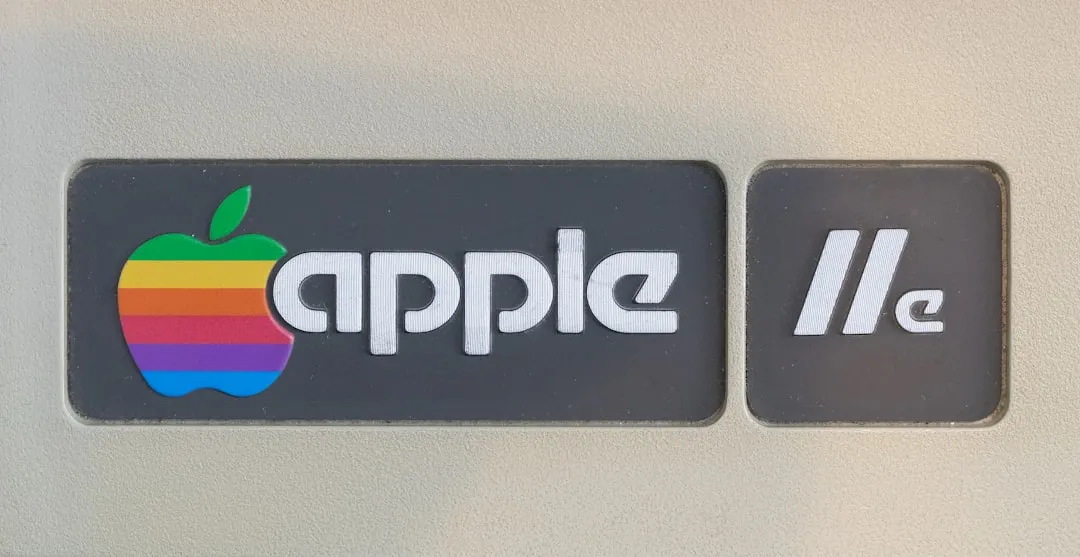


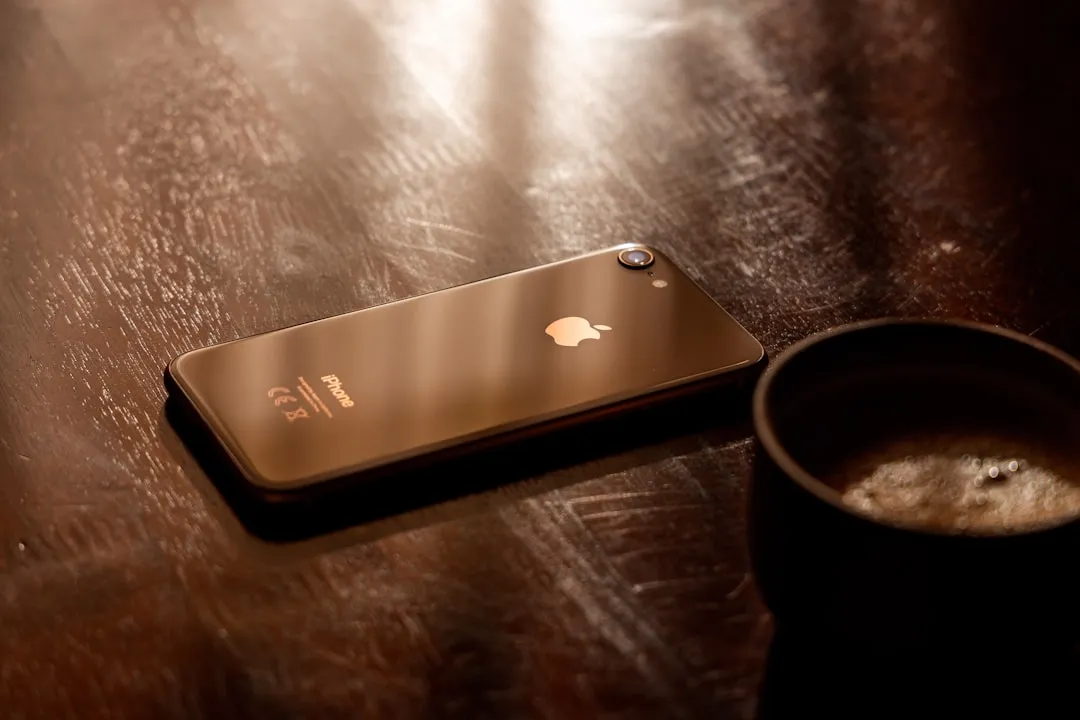
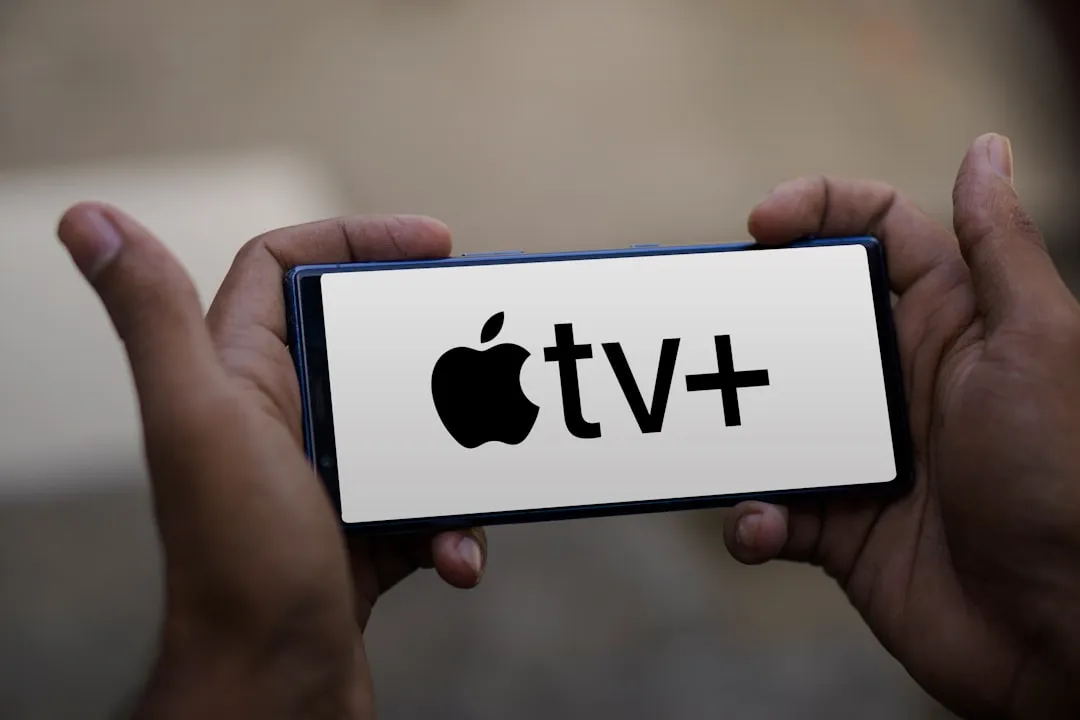
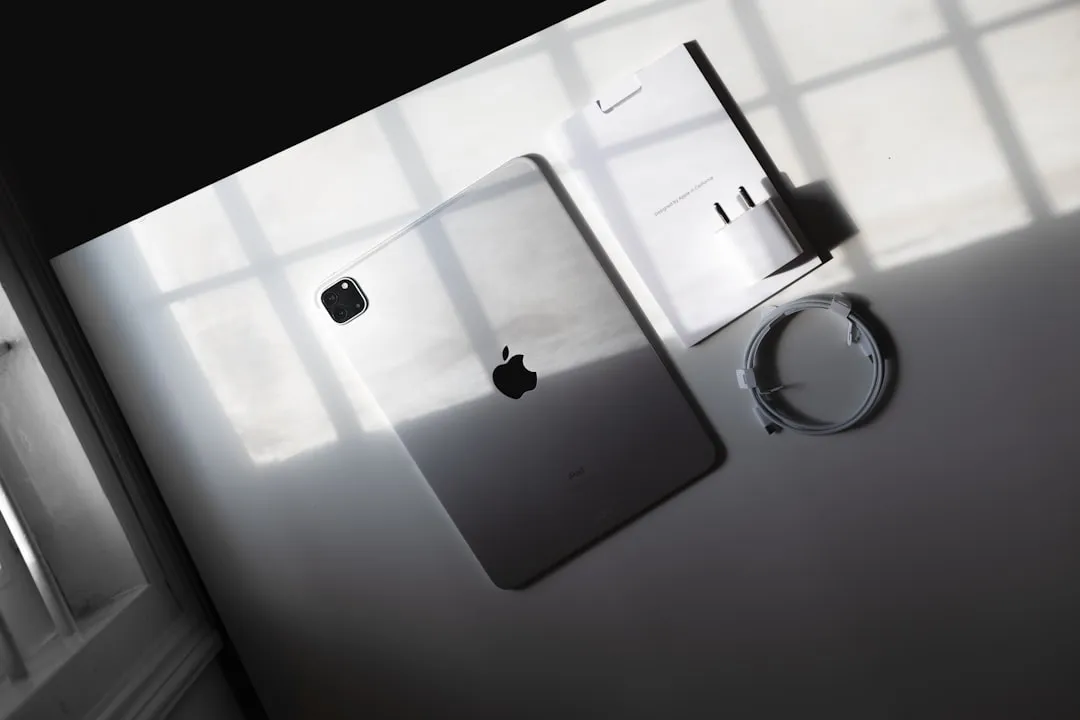


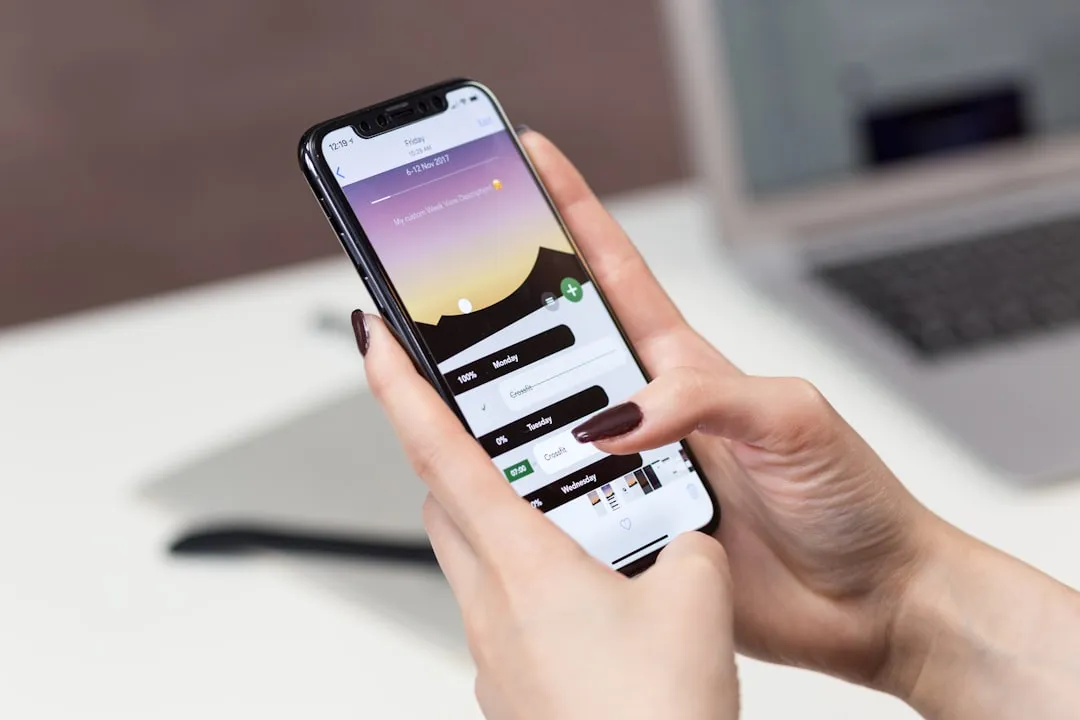
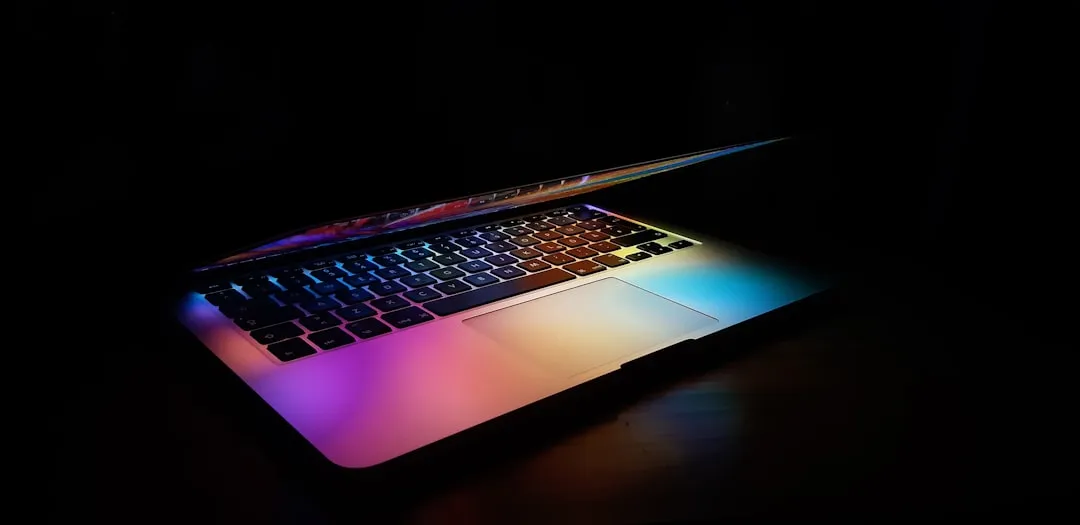
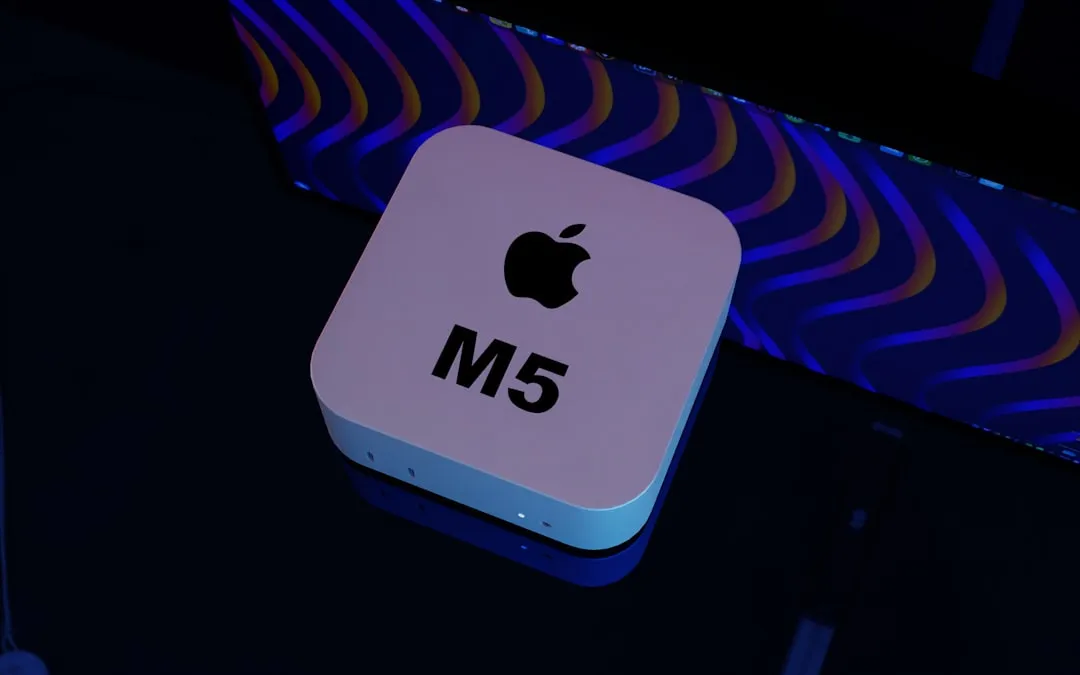
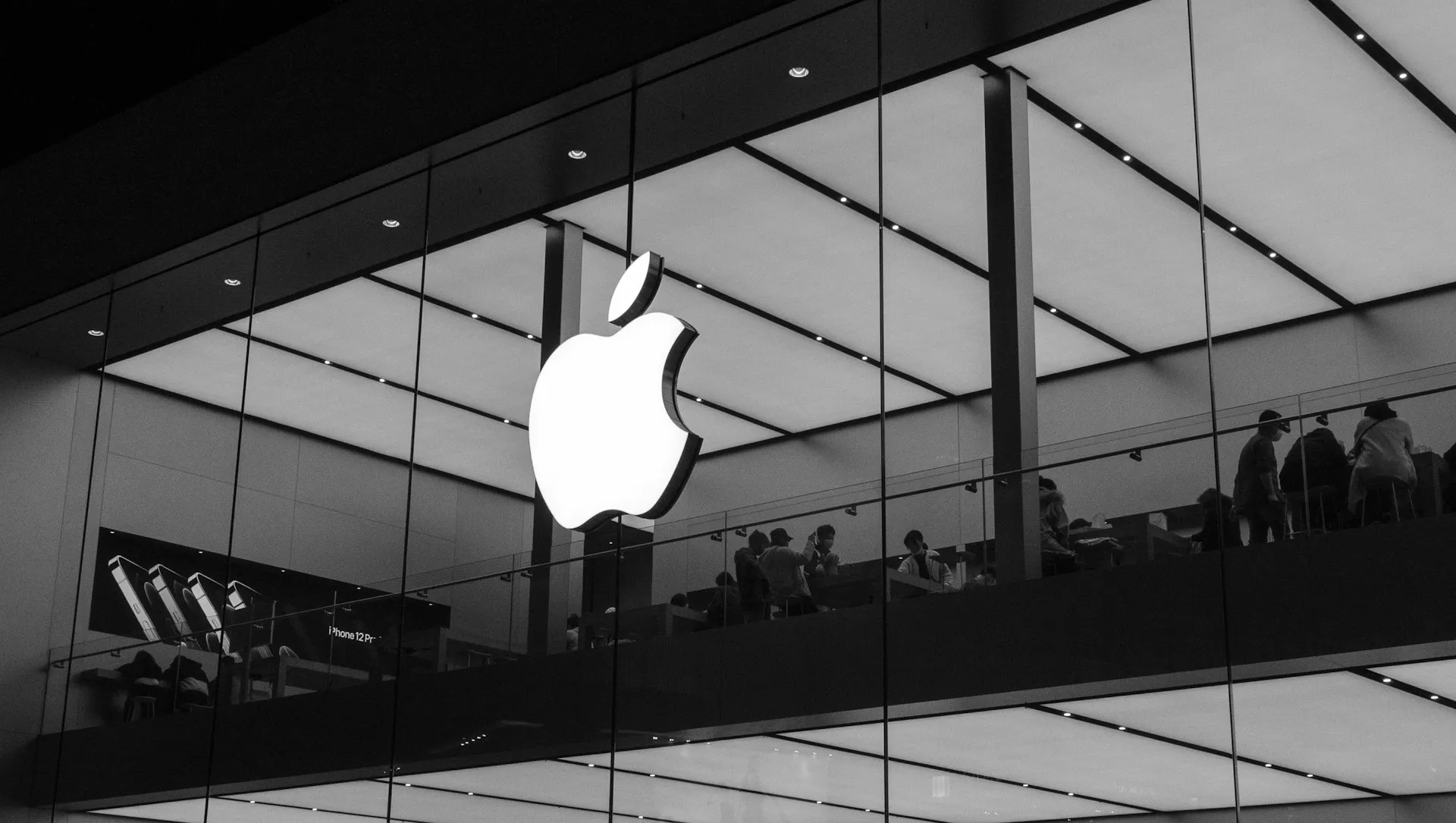

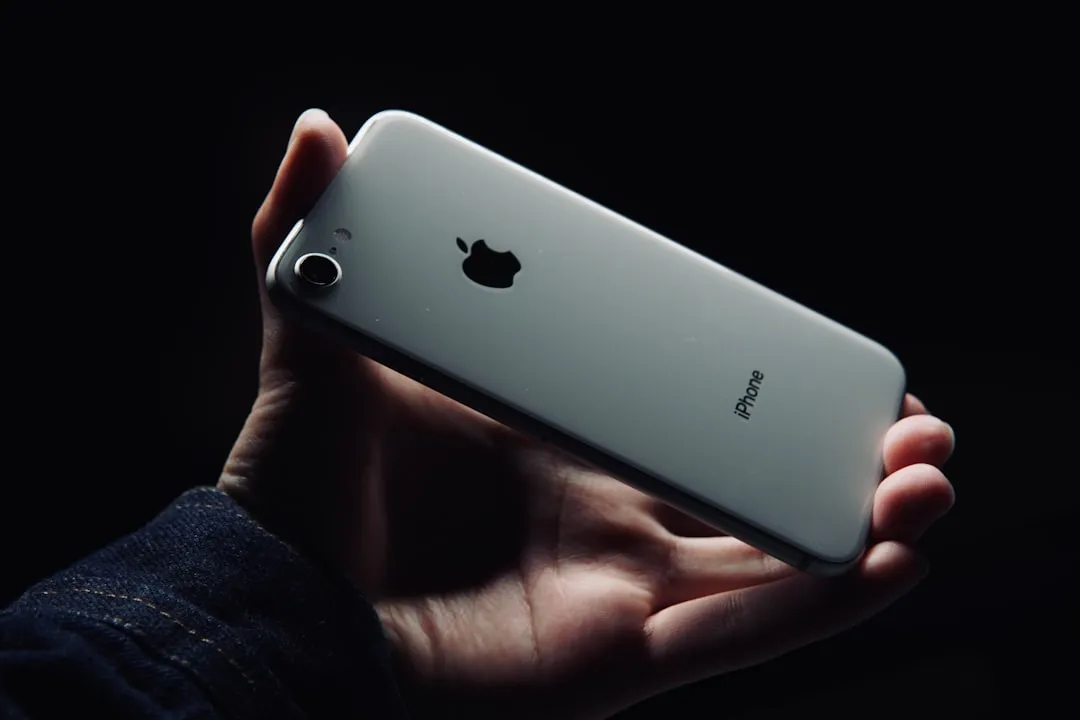

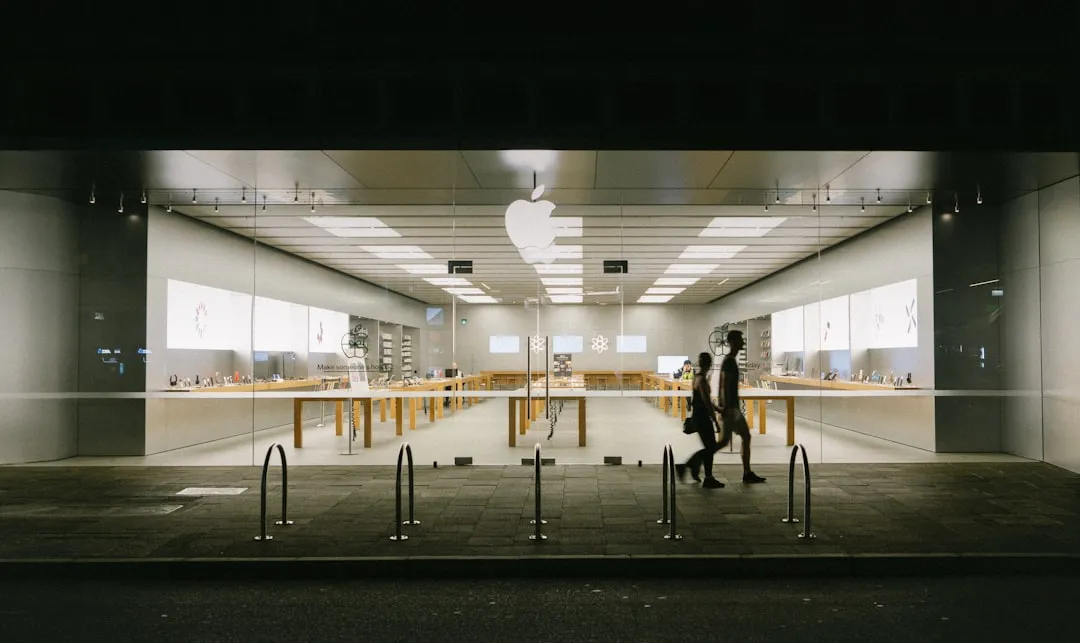

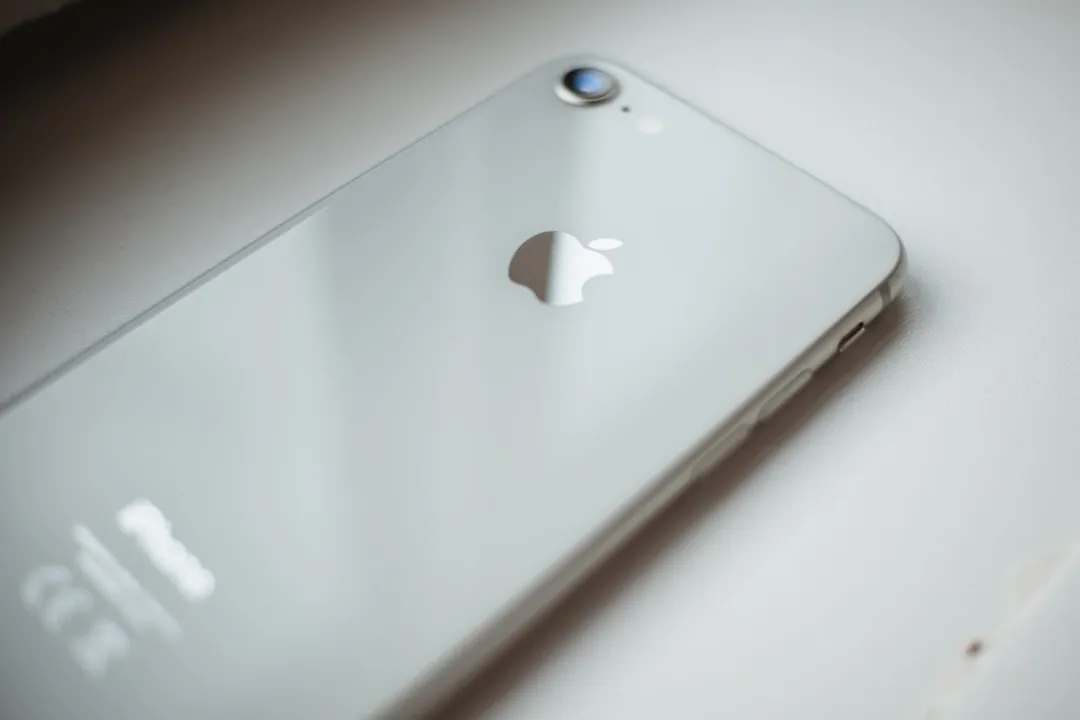
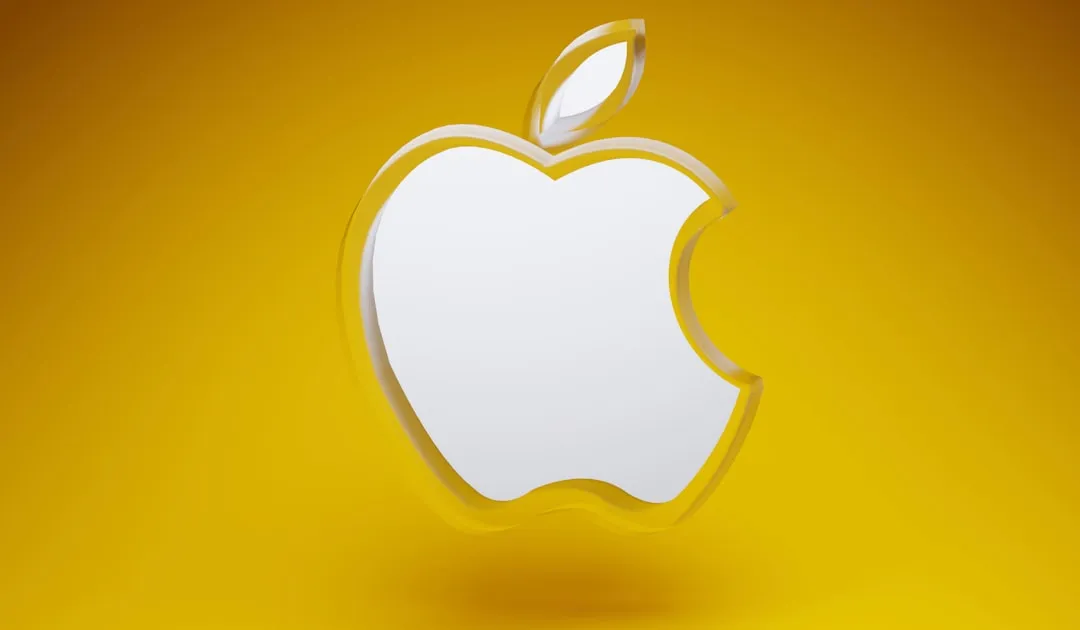
Comments
Be the first, drop a comment!